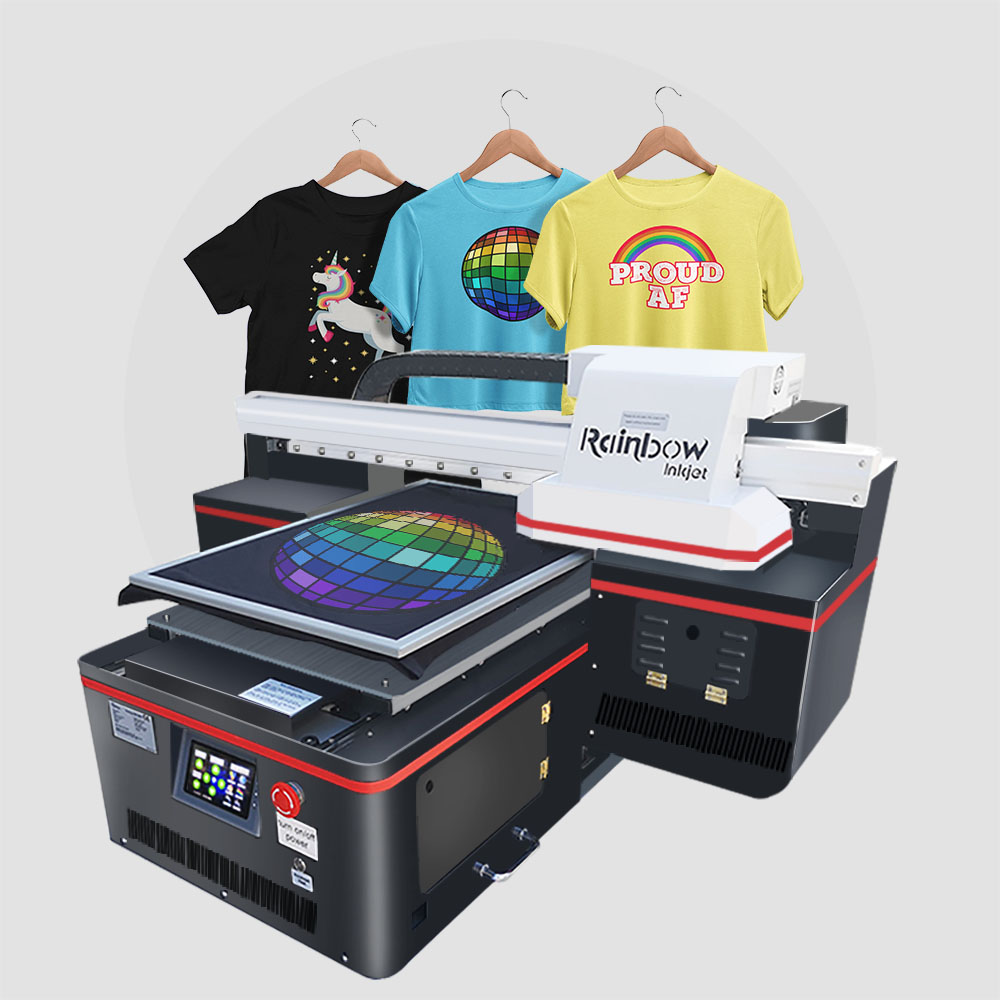The Only Guide for 24??media
Wiki Article
Some Known Details About 24??media
Table of ContentsFascination About 24??mediaGetting My 24??media To WorkA Biased View of 24??mediaThe smart Trick of 24??media That Nobody is Talking AboutSome Of 24??media
Innovations in print innovation are transforming the communications playing field when it involves top quality, price and advanced capabilities. Countered printing and electronic printing are the significant procedures by which print jobs are taken on both making use of four-color printing approaches. Each choice has its benefits, using different techniques to satisfy the needs of varied production jobs.
Commonly, this has been one of the most regular method for specifically preserving shade matches, making it ideal for print runs that only call for fixed printing such as pre-printed kinds, sales brochures, flyers, organization cards, and mass postcard mailings. Nonetheless, as a result of the static nature of litho printing, it is not optimal for variable print items that will be sent by mail to individual recipients such as declarations, letters, and customized postcards.
Getting My 24??media To Work
The newest innovations in print modern technology are aiding to bring many of offset's benefits right into the digital printing world truly changing the face of modern printing! There are some vital distinctions in between Offset Printing and Digital Printing.
Today's digital print equipment is among one of the most cutting-edge on the market. Right here are some of the biggest benefits of utilizing electronic printing: control the digital print room, with full-color printing completed in one procedure and perfectly printed straight from a print file. Without a lengthy set up process, the calibration time of a specific work is shortened, adding to quicker print time and total distribution.
The inkjet printing process has actually helped to revolutionize the sector in addition to the quality and speed of the output. The most up to date inkjet innovation can publish on conventional offset supplies with boring, silk, and glossy finishes. Top quality digital print paired with software-managed shade monitoring practices includes maximum value to publish items and makes manufacturing processes a lot more trustworthy than offset.
Everything about 24??media
(https://www.ted.com/profiles/48812580)Environmentally friendly and biodegradable inks and printer toners are additionally readily available for visit homepage even more lasting printing. Digital print likewise eliminates the requirement to clean plates or blankets with dangerous chemicals at the end of the printing process.
Variable data aids businesses reach their specific customers and audience with uniquely-created and customized content. As innovation enhances, the quality of electronic printing has actually come to be second-to-none, with higher detail, shade match capabilities and total accuracy. Without the requirement to clean plates or use excess ink, digital printing is likewise less wasteful and typically extra environmentally friendly.
Traditional printing methods, such as offset lithography ("offset") and flexography ("flexo"), include several make-ready actions to transfer an initial photo to a substratum. These methods call for the manufacturing of a collection of plates placed on a cylinder to move ink that develops the preferred image when integrated on paperboard and other packaging products. Window Vinyl.
The 5-Second Trick For 24??media
While electronic printing is a viable option for the majority of short-run print workspecial occasions, prototyping, or other considerationsits modern abilities truly reveal in fast turnarounds. Having the ability to personalize product packaging via variable information printing has actually opened up brand-new possibilities for you to engage with your customers in more customized methods. Digital printing, with less relocating items, is much more agile than countered in this respect.Minimized set-up time conserves money on the front end. And given that these are not substantial bulk orders, smaller services can manage to publish without having to meet the higher and extra costly print limits of typical printing.
Make sure you work together with a printing and packaging companion who has the ideal qualifications. While eleventh-hour printing and customization are a significant advantage, digital may not always be the ideal method for you. For instance, balance out printing has the benefit of cost-effectiveness with large print runs, especially those with sophisticated ornamental results and specialized layers.

About 24??media
The favorable plate, with its smooth surface, draws in oil-based inks and fends off water. In contrast, the unfavorable plate, with its harsh appearance, soaks up water and drives away oil. Rubber rollers are after that made use of to move the photo from the plate to the corrugated surface.Corrugated paper can often prove to be a challenging surface to print on, yet Litho prints to a separate surface area and is after that laminated flooring to it, making it simple to publish high-grade images. It can be extremely regular, even for lengthy runs. As a matter of fact, the a lot more you print, the less expensive the costs become for Litho.
What Litho does not offer you is exactly what Digital does, modification. Expensive set up Longer turn-around No Variable Data Printing Smaller sized color range, colors can be less bright Digital printing is the procedure of printing digital photos straight onto the corrugated substratum using a single-pass, direct-to-corrugate strategy.
Report this wiki page